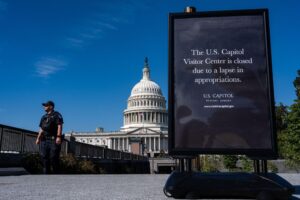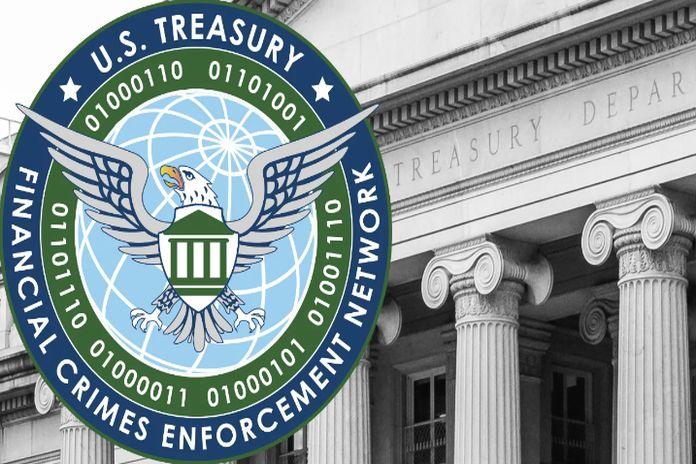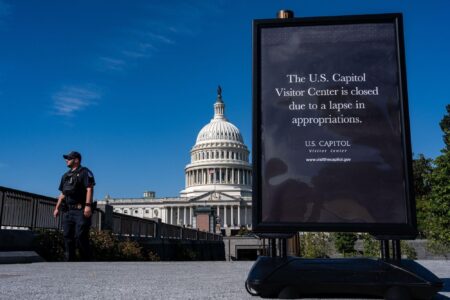US Treasury Relaxes Ownership Disclosure Requirements Amidst Ongoing Debate
The US TreasuryŌĆÖs financial crimes enforcement division recently announced it will no longer mandate ownership disclosure from certain American companies, signaling a notable shift in regulatory policy. This change has sparked diverse reactions within the financial and compliance communities. Advocates suggest that easing these reporting obligations could reduce administrative overhead, enabling businessesŌĆöespecially startups and SMEsŌĆöto redirect resources toward innovation and growth. Conversely, opponents caution that this exemption might weaken transparency standards critical to identifying and preventing illicit financial flows.
Key perspectives from various stakeholders include:
- Streamlined Compliance: Simplified reporting could lower operational expenses for smaller enterprises.
- Heightened Risk of Concealment: Less rigorous ownership disclosure may impede authoritiesŌĆÖ ability to detect suspicious financial behavior.
- Regulatory Ripple Effects: This policy shift could influence similar transparency rules across other sectors.
| Group | Stance | Primary Concern |
|---|---|---|
| Small and Medium Enterprises | Favorable | Lower compliance costs |
| Regulatory Bodies | Guarded | Ensuring effective oversight |
| Compliance Specialists | Opposed | Risks to transparency and accountability |
Effects on Corporate Transparency and Anti-Money Laundering Initiatives
By opting out of mandatory ownership disclosures for US companies, the Treasury introduces complexities that could undermine transparency efforts. Clear identification of ultimate beneficial owners is a cornerstone for investors, regulators, and law enforcement to trace financial flows and hold entities accountable. The absence of such requirements may inadvertently create opportunities for illicit actors to mask ownership, complicating due diligence processes and eroding confidence in the US financial ecosystem.
From an anti-money laundering (AML) standpoint, this policy adjustment could hamper the ability of enforcement agencies to unravel sophisticated financial crimes. Ownership data is vital for tracking illicit funds, dismantling fraud rings, and preventing terrorist financing. The key consequences include:
- Difficulty in pinpointing beneficial owners, which obstructs enforcement efforts.
- Elevated risk of US entities being exploited as conduits for laundering or hiding unlawful proceeds.
- Potential divergence from global AML standards, affecting international cooperation.
| Stakeholder | Effect | Associated Risk |
|---|---|---|
| Regulators | Restricted access to ownership information | Reduced monitoring capabilities |
| Law Enforcement | Challenges in tracing illicit financial flows | Prolonged or unsuccessful investigations |
| Financial Institutions | Complications in AML compliance | Greater vulnerability to financial crimes |
Expert Insights on the Risks of Diminished Ownership Transparency
Authorities and financial crime specialists warn that relaxing ownership disclosure requirements could open loopholes for illicit actors. Transparent ownership data is essential for unraveling complex corporate structures often used to conceal illegal activities such as money laundering, tax evasion, and terrorist financing. Experts emphasize that this regulatory rollback may erode years of progress in safeguarding financial integrity.
Analysts also highlight potential repercussions for the USŌĆÖs standing in global financial markets, which have traditionally been regarded as exemplars of regulatory rigor. They stress the necessity of maintaining a balanced approach, noting the following risks:
- Greater opacity in ownership structures could facilitate the creation of shell companies and fraudulent schemes.
- Investigative agencies may encounter delays and obstacles in pursuing financial crime cases.
- Investor trust could decline due to diminished transparency in corporate governance.
| Potential Consequence | Expert Concern | Recommended Countermeasures |
|---|---|---|
| Regulatory Gaps | Exploitation by criminals through relaxed reporting | Strengthened audit protocols and compliance reviews |
| International Investigations | Slower coordination among global agencies | Enhanced cross-border data sharing agreements |
| Market Confidence | Reduced transparency deterring investors | Encouragement of voluntary corporate disclosures |
Strategies for Companies to Adapt to Changing Regulatory Demands
In light of evolving regulations, companies should adopt a forward-thinking stance by bolstering their internal compliance systems. Enhancing due diligence protocols and utilizing advanced technologies for continuous transaction monitoring can help organizations maintain robust oversight without relying solely on ownership reporting mandates. Promoting collaboration among legal, compliance, and operational teams is crucial to effectively respond to shifting regulatory landscapes.
Moreover, ongoing employee education on emerging financial crime trends and regulatory updates is vital. Recommended best practices include:
- Regularly refining risk assessment frameworks to identify subtle threats beyond ownership data.
- Implementing sophisticated analytics platforms to flag suspicious activities promptly.
- Maintaining thorough documentation and audit trails to support transparency and accountability.
| Compliance Area | Recommended Action | Expected Benefit |
|---|---|---|
| Risk Management | Dynamic fraud and risk analytics | Early identification and mitigation of threats |
| Employee Training | Interactive, scenario-based workshops | Heightened awareness of regulatory requirements |
| Policy Documentation | Comprehensive record maintenance | Smoother audit processes and regulatory reporting |
Conclusion: Balancing Transparency and Business Efficiency
The US TreasuryŌĆÖs recent exemption of certain firms from ownership disclosure requirements represents a pivotal change in the landscape of financial transparency. While this adjustment aims to alleviate regulatory pressures on domestic businesses, it simultaneously raises critical questions about safeguarding the integrity of the financial system against illicit activities. As this policy unfolds, regulators, industry participants, and watchdog organizations will be vigilant in assessing its effects on anti-money laundering efforts and the broader fight against financial crime.







